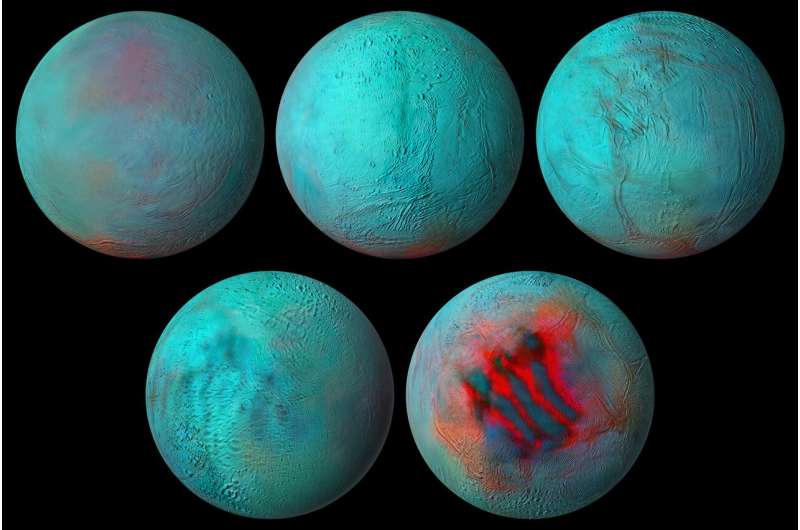Saturn’s moon Enceladus, with its icy crust concealing a hidden ocean teeming with potential for life, has captured the imagination of scientists and space enthusiasts alike. In a bold endeavor to unlock the mysteries of this enigmatic world, the European Space Agency (ESA) has set its sights on Enceladus as the top target for its upcoming mission to investigate the ocean worlds of the giant solar system planets. With a focus on habitability and the search for signs of life, this ambitious mission promises to revolutionize our understanding of planetary science and advance European leadership in space exploration. In this article, we delve into the scientific significance of exploring Enceladus, the technological challenges involved, and the transformative impact it could have on our quest for extraterrestrial life.
Unlocking Enceladus’s Secrets: Enceladus, a small moon orbiting Saturn, holds a wealth of scientific intrigue beneath its icy exterior. Plumes of water erupting from its surface suggest the presence of a subsurface ocean, potentially harboring the ingredients necessary for life as we know it. The mission proposed by ESA aims to delve deep into Enceladus’s ocean world, investigating its habitability and searching for biochemical signatures of life.
Led by a team of expert planetary scientists, ESA’s mission prioritizes the exploration of Enceladus based on its compelling scientific merits. Unlike any previous mission, this endeavor will venture into uncharted territory, offering Europe a unique opportunity to lead the way in planetary exploration. With cutting-edge instrumentation and next-generation technology, ESA aims to unravel the mysteries of Enceladus and pave the way for future discoveries.
The Journey Ahead: ESA’s mission to Enceladus represents a monumental undertaking, requiring innovative engineering solutions and meticulous planning. Leveraging lessons learned from previous missions, such as the Cassini-Huygens mission to Saturn and the ongoing Juice mission to Jupiter’s icy moons, ESA aims to overcome the challenges posed by operating in the harsh environment of the Saturn system.
Key objectives of the mission include collecting samples of Enceladus’s ocean material, either through a lander or by flying close to the surface to capture ejected plumes. These samples will be analyzed onboard the spacecraft using state-of-the-art instrumentation, providing invaluable insights into the moon’s composition and potential for life. Additionally, the mission will conduct flybys of other intriguing moons in the Saturn system, further enriching our understanding of planetary processes.
Building on European Expertise: ESA’s mission to Enceladus represents a testament to European ingenuity and scientific excellence. By harnessing the continent’s foremost engineering and industrial capabilities, ESA aims to push the boundaries of space exploration and advance our understanding of the universe. From in-orbit assembly to landing technologies, the mission will pioneer groundbreaking advancements with far-reaching implications beyond planetary science.
As ESA embarks on its journey to explore Enceladus, the potential for groundbreaking discoveries and transformative scientific insights looms on the horizon. With each new mission, Europe reaffirms its commitment to pushing the boundaries of human knowledge and expanding the frontiers of space exploration. By venturing into the depths of Enceladus’s ocean world, ESA’s mission represents a bold step forward in our quest to unlock the secrets of the cosmos and discover the possibility of life beyond Earth.
